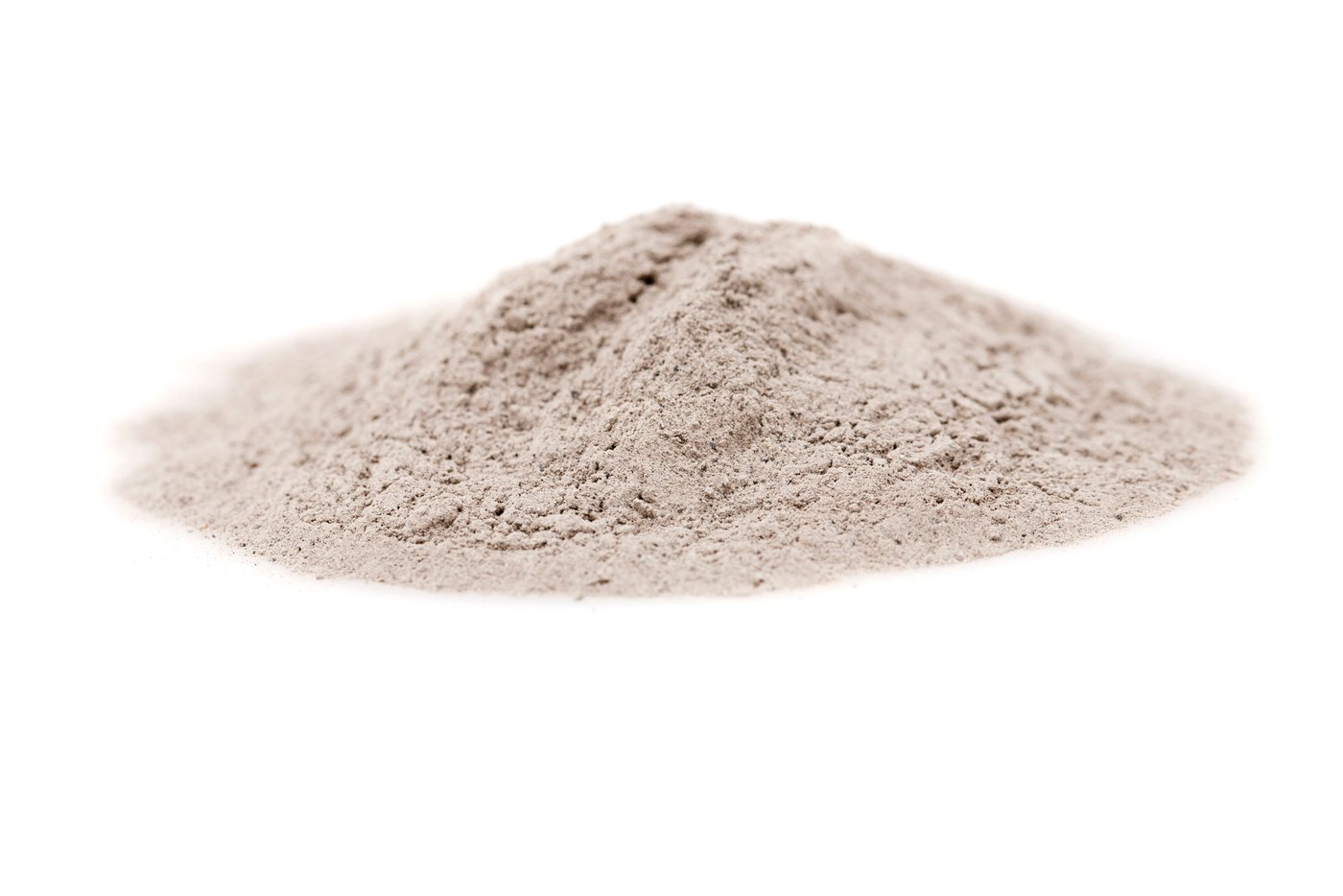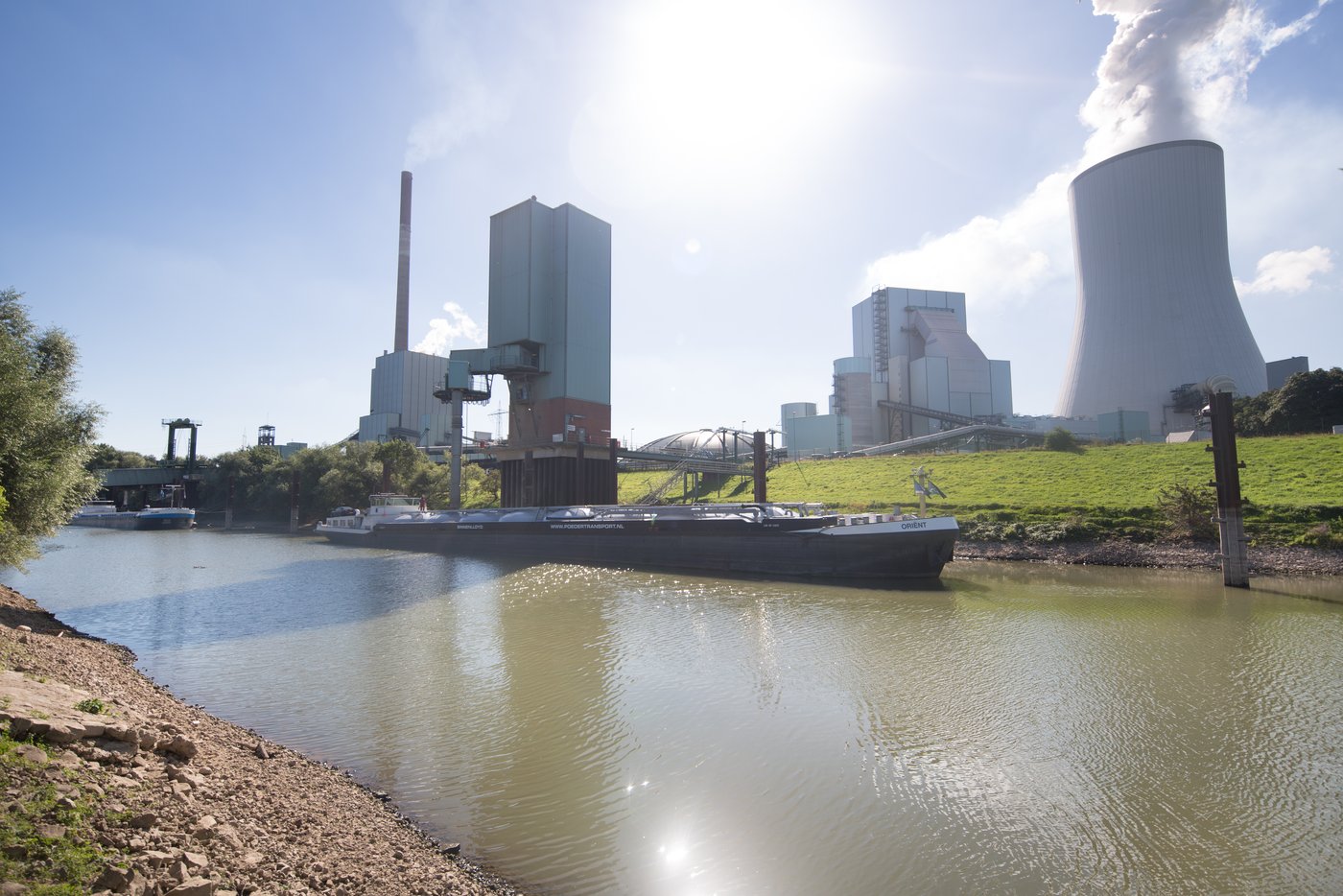Fly ash

Fly ash is a fine-grained construction material consisting mainly of dust-like, glassy particles. It is produced as a by-product of power and heat generation from hard coal in power plants.
The main constituents of fly ash are the amorphous phases of silicon oxide, aluminum oxide, and iron oxide formed from the natural minerals that come with the coal. Fly ash has been a certified binder component for many decades now. As the main constituent in cement and as a concrete additive, it contributes very positively to protecting the environment and conserving natural resources.
Convincing properties
Fly ash is a particulate material that is light to dark gray in color. In terms of its chemical composition, fly ash corresponds to naturally occurring aluminosilicates, for example volcanic ashes and earths. Its particle shape and particle size distribution as well as the pozzolanic properties make fly ash a sought-after building material.
Particle shape
The round particles of fly ash act like small ball bearings in the concrete and reduce the amount of water required. The concrete is easier to work and, in the case of shotcrete and high performance concrete, can be better compacted.
Particle size distribution
The fine fly ash particles settle between the coarser cement particles and the aggregate, thereby reducing the void content of the concrete. The fewer voids in the concrete, the greater its strength.
Pozzolanicity
Fly ash reacts with water and calcium hydroxide to form insoluble calcium silicate hydrates (CSH phases). In concrete, these CSH phases not only increase strength but also compact the pore structure..


From raw material to construction material
Fly ash is produced in modern coal-fired power plants around the world when hard coal is burned to generate energy

Quality first
Regular third-party inspection by officially approved testing institutes and in-house monitoring in a construction materials laboratory guarantee the consistently high quality of the fly ash.
Contact us
Are you interested in learning more about the fly ash we supply and our logistics solutions? Contact us to request further information or an offer. We look forward to hearing from you.




